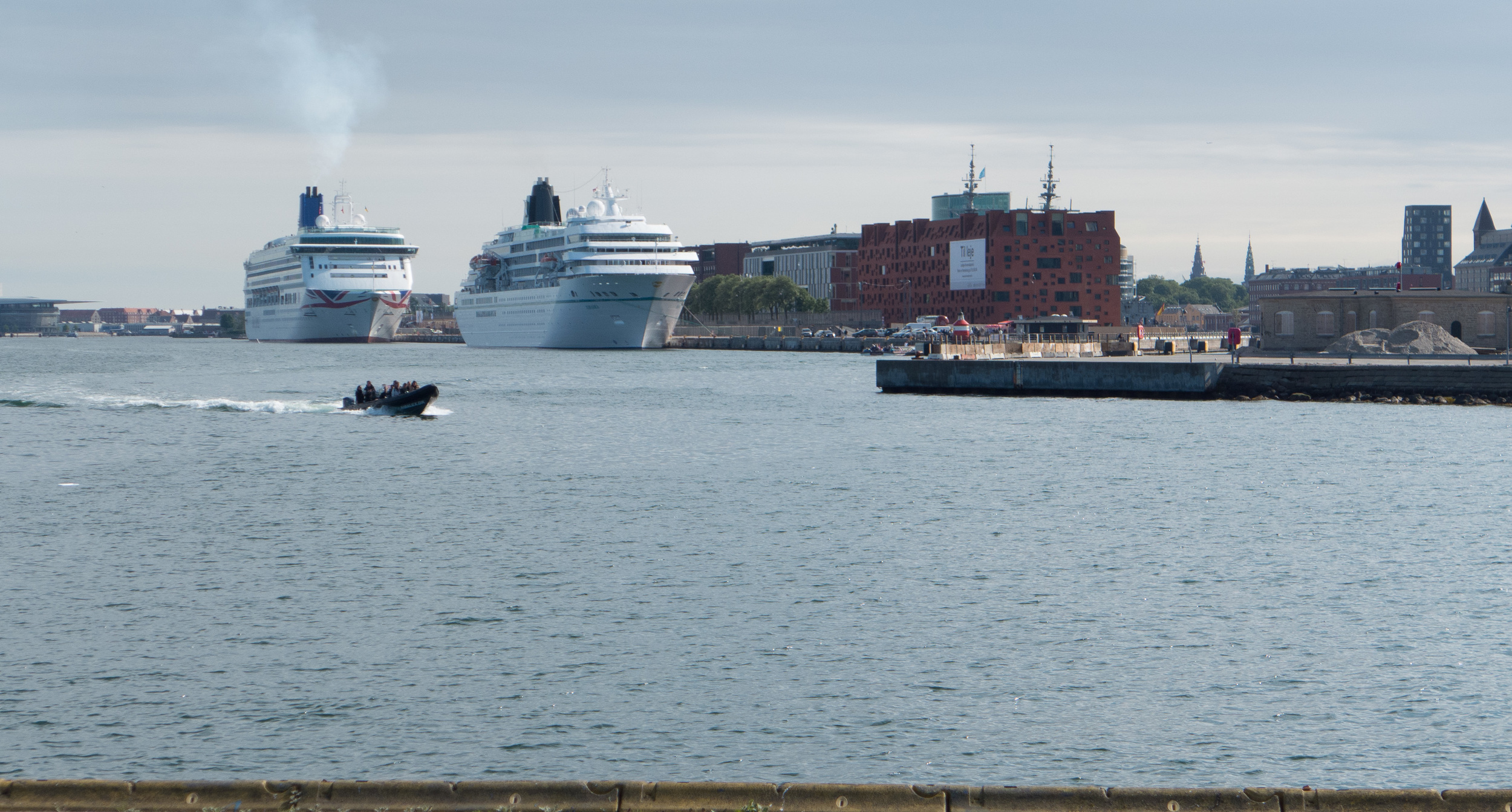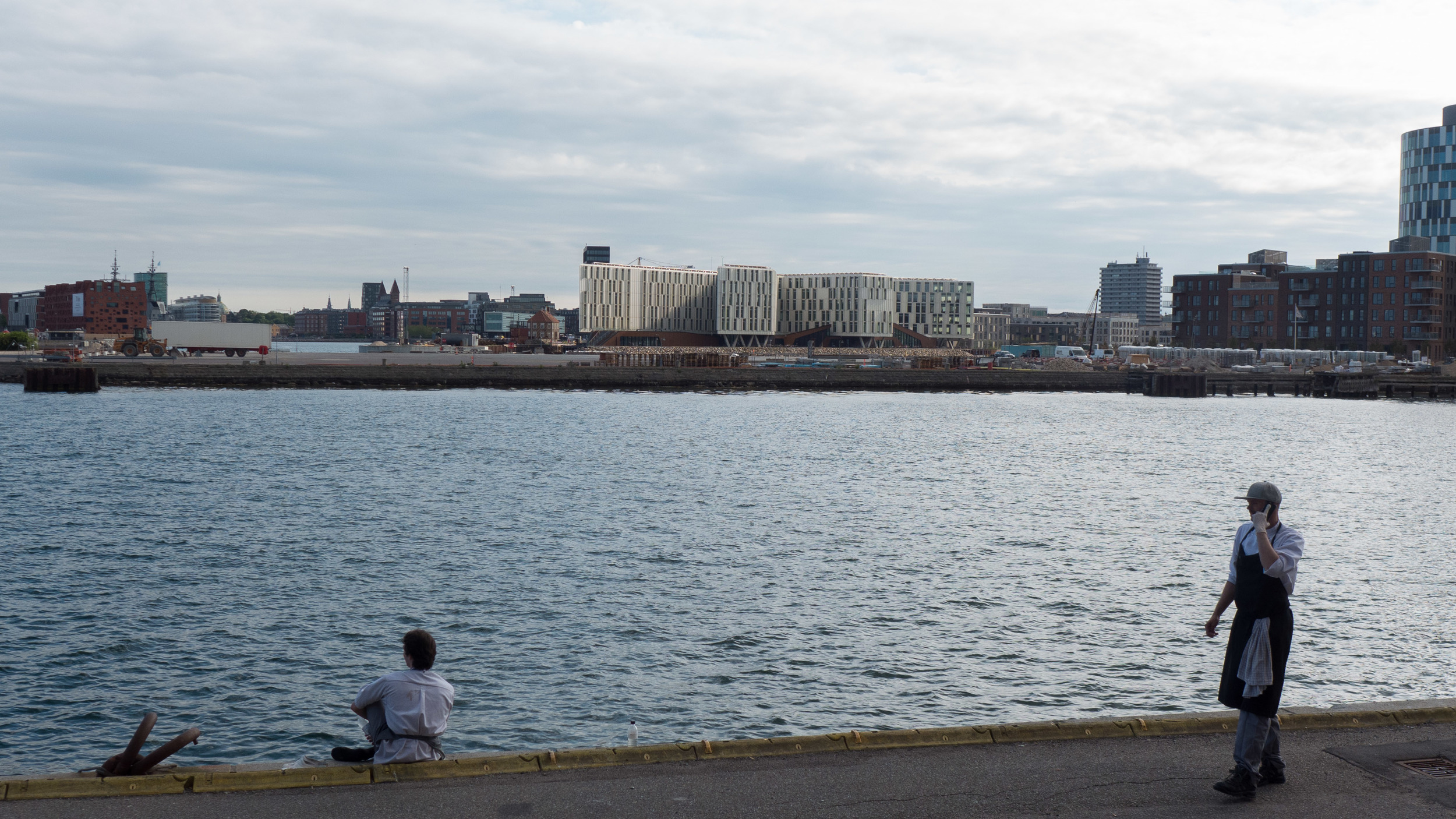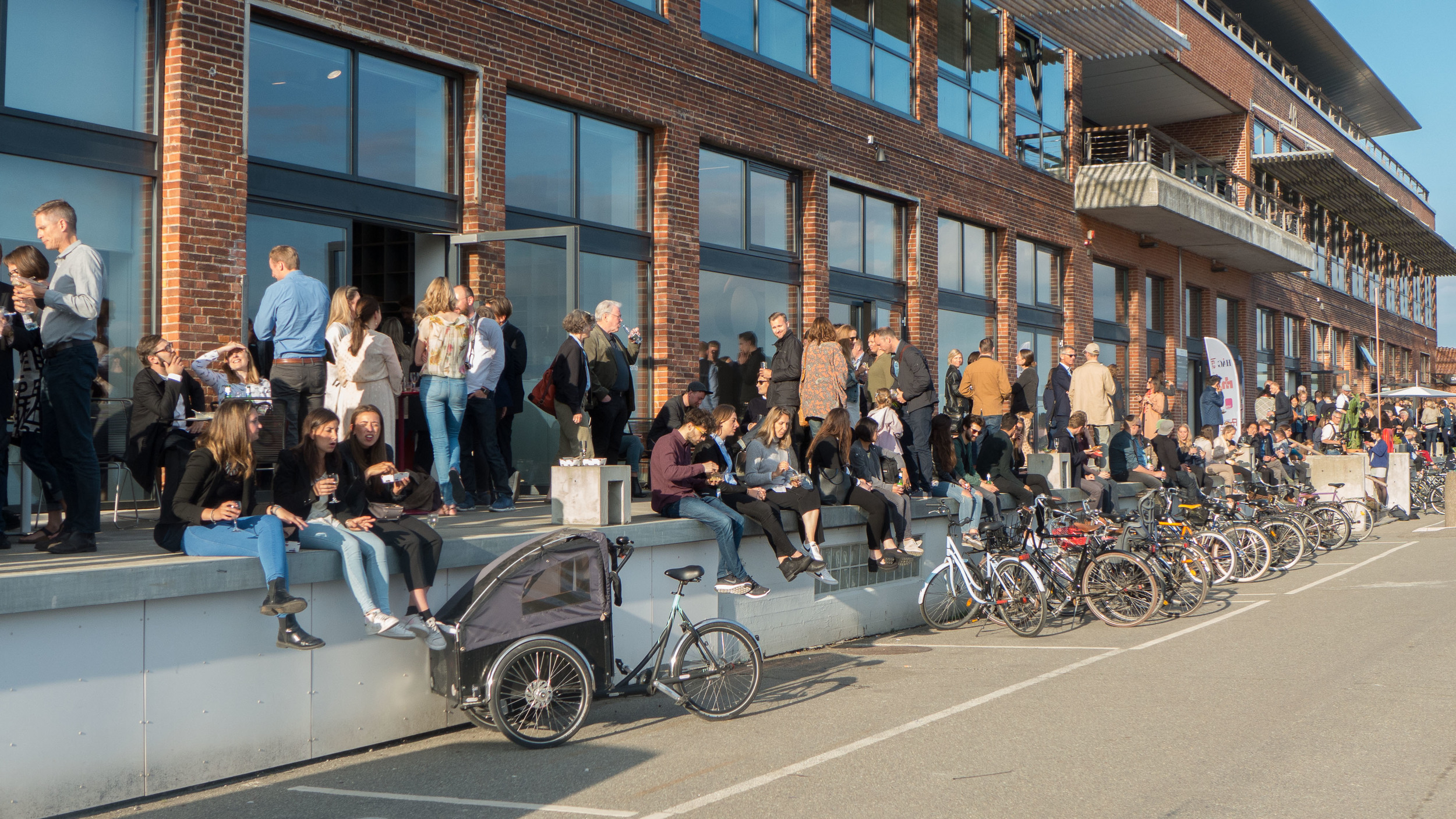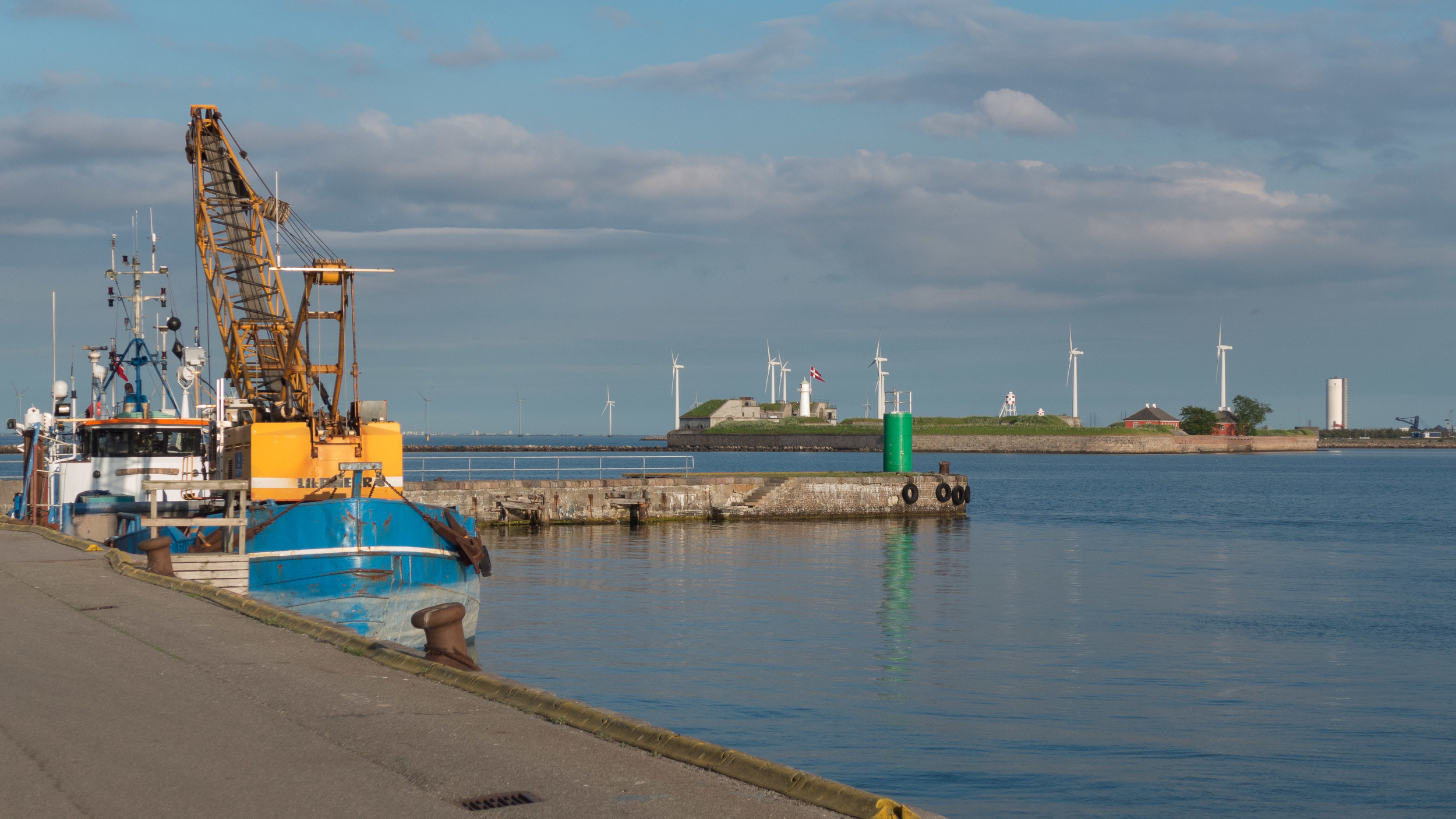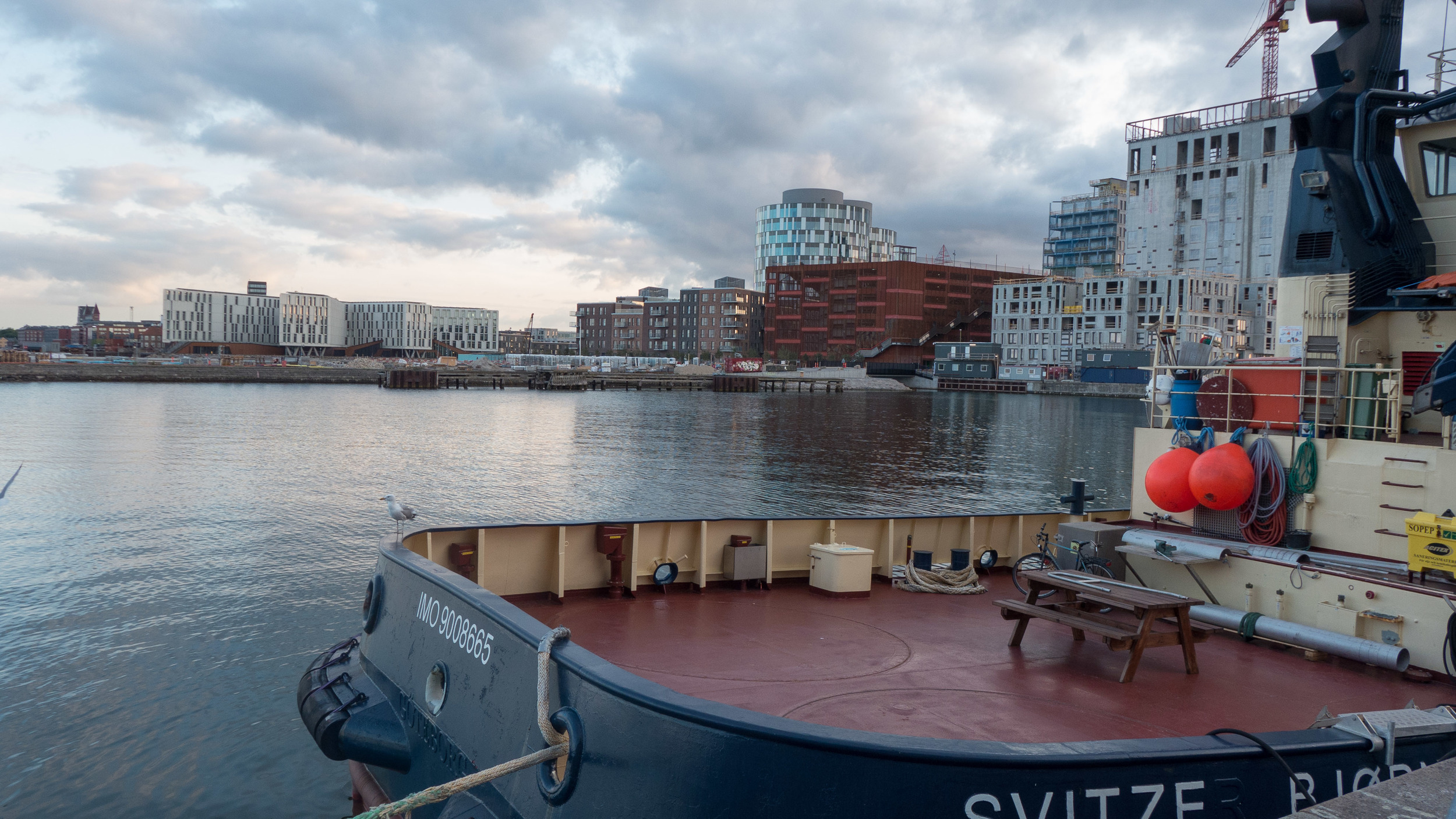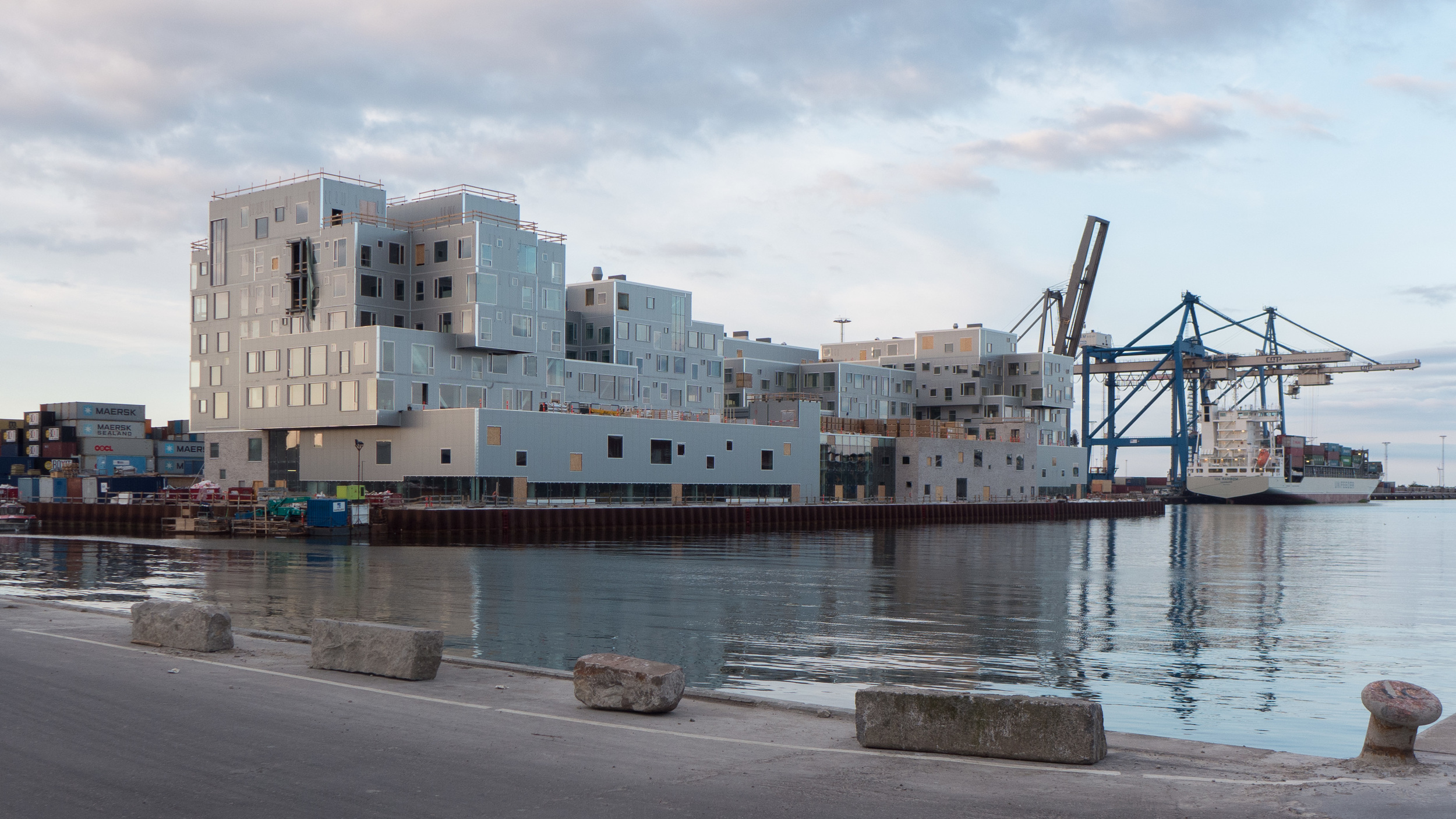northmodern 2016
/northmodern - held last week, on Thursday, Friday and Saturday - is the major trade fair in Copenhagen for furniture and design from Denmark but also includes work from designers and manufacturers from the other Nordic countries and from further afield in Europe.
The venue at the Bella Center is close to the metro station of the same name and there is a large hotel there so it is a well-developed and now well-established conference and exhibition complex.
A sequence of rectangular halls, set parallel, can be linked together or partly enclosed or divided and they are linked across the ends by a long, high, top-lit space. In fact it is the top lighting, there in the largest hall and in some other parts of the exhibition area, with glazed, pitched roofs that is so important for natural light which really does show the furniture and displays well and dramatically as the sun moves round.
There are parts of the building that have first-floor space for offices and that means that there are lower areas of the exhibition area with flat ceilings but also staircases and galleries in between which make the spaces much more interesting and forms a more varied and interesting backdrop for the displays of design than the usual trade fair elsewhere with rank after rank of display stand in a vast high open and usually characterless space.
And being Copenhagen, food and coffee and so on are good and, when trying to see so much, actually that's pretty important.
northmodern is primarily a trade fair, so designers and manufacturers are here to meet each other, make contacts and to sell and buy and general visitors have to appreciate that.
So there is a difficult and complex balancing of different roles and priorities but, for someone like me, who is looking from the outside, it is a fascinating opportunity to see the dynamics and the interactions … in a good way … so I am always amazed and incredibly impressed by the drive and enthusiasm and the phenomenal expertise of everyone here.
Just looking around for the three days and meeting and talking to people is exhilarating but has to be exhausting for those showing their work. It is a huge commitment of time and money, to pull together their 'collection'; to design and build the displays; prepare printed material; provide teams to meet and talk to visitors and buyers and to stand there to present and talk about their work. That's not always easy as designers can be assumed to be good designers (if they are here) but suddenly they have to become performers as well because selling is usually about a polished performance. And it all has to be repeated each day over three long days.
On top of all that, they actually load up, maybe even drive across country, and unload, put the stand together for the opening and then at the end dismantle and pack up what is often very heavy and very valuable furniture and so on. It must be both physically and mentally demanding for everyone from the small start-up company, where a single person does everything, to the biggest and best companies that also have the pressure of having a hard-won reputation to maintain.
northmodern is a good place for young Danish designers and new Danish companies to introduce their work
the fair can help to consolidate the position of relatively new companies as they start to establish themselves
it's an appropriate venue for the established designers and companies to launch new designs
by inviting young designers from Sweden or Norway or Finland, northmodern strengthens a wider understanding of the Scandinavian brand and shows the context for Danish design within what is an important and competitive global industry
inviting young designers from France or the Netherlands or further afield in Europe, the trade fair highlights interesting differences between the taste and style and between the formal training of designers in each country and therefore differences in the approach to design of designers in different countries but also, of course, coming together at northmodern, can act as a cross fertilisation of inspiration for new ideas for everyone
in an ambitious way the shows at the Bella Center also look at wider design themes so this year looking at the products of the established designer Lars Vejen-Jensen, who works with a wide range of companies globally, and, of course, the important theme of sustainability was seen in many of the presentations
northmodern carefully and deliberately provides an opportunity for students and recent graduates to show off their ideas, with this year a selection of work from the Royal Danish Academy that allowed young designers to present work in a very real and tough commercial setting, and, for some, it was a first opportunity to showcase their designs outside the class room and studio
northmodern is usually an opportunity to see the collected works from recent national design awards … here this year there was an extensive exhibition of the annual Danish Design Awards
clearly northmodern is a great opportunity for the great and the good to assess and possibly recruit the new talent and probably also its good for them to see who is hungry and is snapping at their heels
it's an important social occasion for those working in the design industry … focused intently on their own work in their own studios or workshops, the designers and manufacturers clearly know each other and their works but do not always have an opportunity to meet up as here
there is direct and crucial access for the press to see all these people and all this talent in one place … despite or perhaps because so much is done on line, then meeting someone face to face is a much better way of understanding and assessing their work.
northmodern is an amazing show case … the place to see just how good but also how wide ranging the design industry in Denmark is but equally, talking about diversity, it's a good place for companies and designers to identify areas of the design and manufacturing sector that are not covered - so represent a potential opportunity - or even, the other way round, for a design company, it may be an opportunity to see where broad diversification, moving into products not normally associated with the company, rather than opening up the brand, is actually weakening it and might suggest that possibly a focus or tighter specialisation might make more sense in a very competitive market.
If all that was not enough, northmodern also organises a number of lectures and forums on each day where designers; design consultants; academics and manufacturers can discuss issues and trends in the design industry. Medium and long-term policies on how the design industry can be strengthened and how it could or should develop and the role of the city and the role of government, through their policies to support and encourage designers and manufacturers, was also discussed.
Some of the big Danish companies did not show at northmodern this year. I can understand why because, for a start, it is a phenomenal investment in terms of staff and time and, for a large company, the dynamics of sales are slightly different. Danish buyers - not meaning Danish households but in this context design retailers, architects, interior designers, hotels putting in substantial orders for remodelling and so on - know the products of these established companies well and will know the sales team and go directly to the company. Those buyers do not necessarily come to northmodern. On the other hand, international buyers, wanting to compare or select from a wide range of companies across an international market, will expect those major Danish companies to be at the Milan Fair and at the Stockholm Fair and in order to see as much as possible on a single trip those big international buyers might not visit Copenhagen or if they do, again it will be focused on a specific company where they have established contacts. For northmodern in January this year, some of the companies faced packing up the vans and lorries in Copenhagen and then going directly to Stockholm and there was only a short break before Milan. Again a huge commitment for both small and large companies. And of course add to that the pressure of completing new designs and producing new catalogues to hit the deadline of the opening of the furniture fair.
In the current financial situation, it is unfair to even suggest that the companies who were not here should really be at northmodern to provide moral support, for the sake of the wider industry, but perhaps they could consider a slightly different approach.
This year OneCollection, for instance, focused on showing their new chair - the France Chair - rather than bringing their full catalogue to northmodern and Fredericia showed their new concept for a design package for a hotel so put a specific selection of their current catalogue in a very interesting and specific context.
northmodern might be an ideal place to show other aspects of the work by a major design company or major manufacturer … so a relatively small display of, for instance, all the catalogues from a company over many decades, and on the back of that, to talk about or demonstrate the importance of work by photographers and graphic designers for their sales or companies could present a relatively compact display about how they have chosen new colours or new textiles for upholstery for this year or even show a demonstration of upholstery or hand finishing of furniture or focus on the problems companies have to resolve when designing packaging for safe shipping of what are usually very valuable products.


